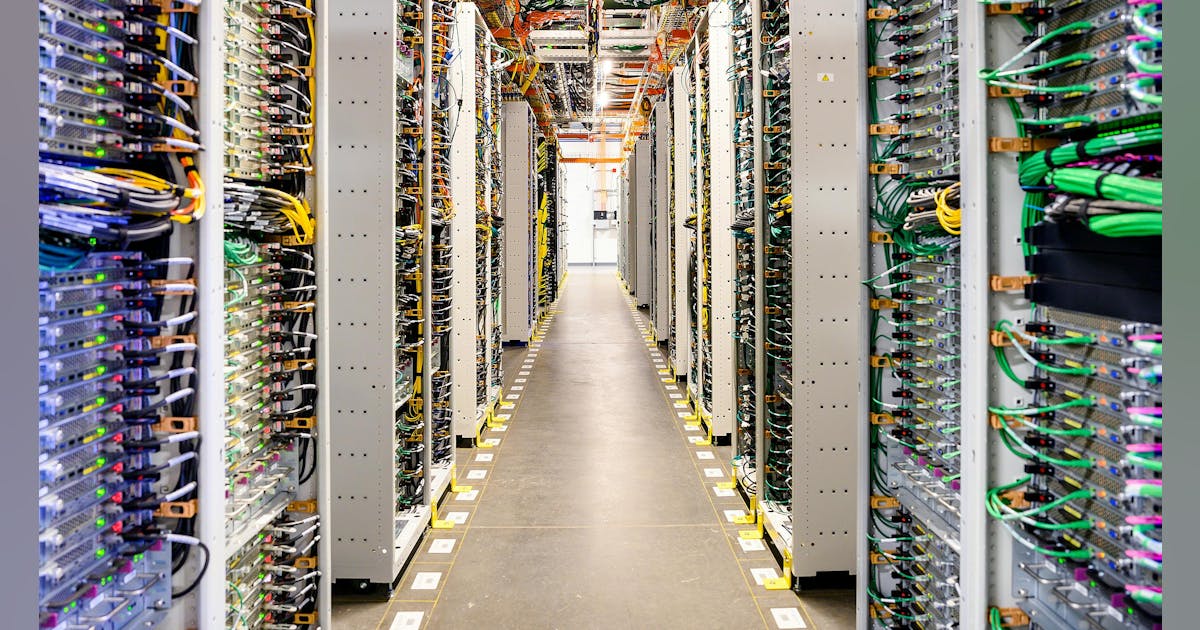
IDC President Crawford Del Prete agreed, and said that Oracle senior management made the right move, despite how difficult the situation is today.
“Oracle is being incredibly responsible here. They don’t want to have a lot of idle capacity. That capacity does have a shelf life,” Del Prete said. CEO Katz “is trying to be extremely precise about how much capacity she puts on.”
Del Prete said that, for the moment, Oracle’s capacity situation is unique to the company, and has not been a factor with key rivals AWS, Microsoft, and Google.
During the investor call, Katz said that her team “made engineering decisions that were much different from the other hyperscalers and that were better suited to the needs of enterprise customers, resulting in lower costs to them and giving them deployment flexibility.”
Oracle management certainly anticipated a flurry of orders, but Katz said that she chose to not pay for expanded capacity until she saw finalized “contracted noncancelable bookings.”
She pointed to a huge capex line of $9.1 billion and said, “the vast majority of our capex investments are for revenue generating equipment that is going into data centers and not for land or buildings.”




















